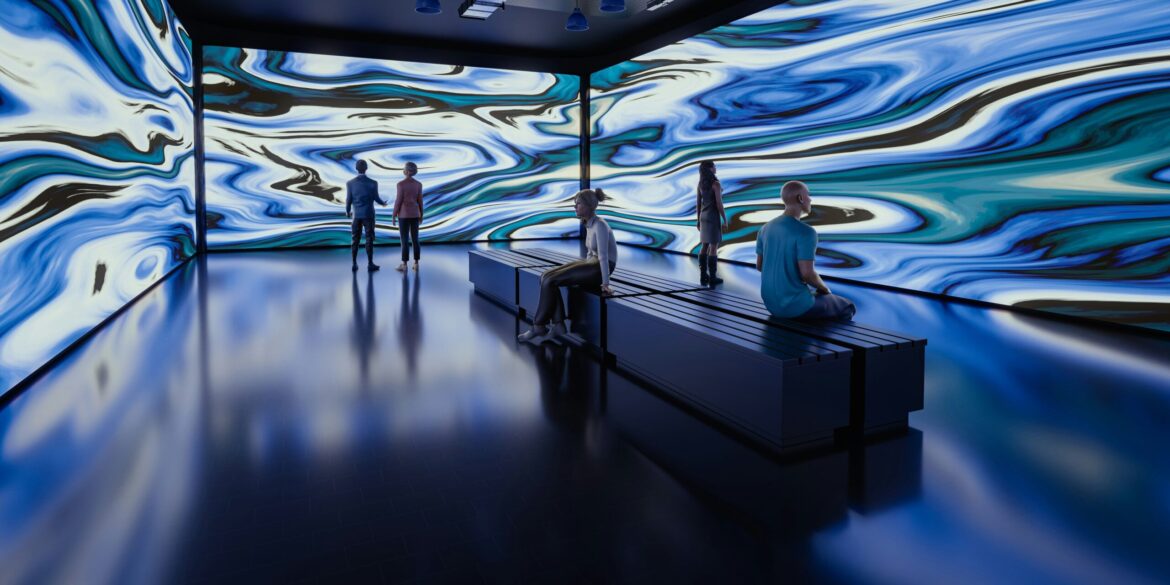On September 10, 2025, the Exploratorium is midway through hosting Adventures in AI, a temporary exhibit that runs through September 14, inviting visitors of all ages to explore the workings, impacts, and ethical challenges of artificial intelligence. Located at Pier 15 on the city’s waterfront, this exhibit combines art, science, and interactive engagement to help people understand not only what AI can do, but what it should do.
The exhibit features more than twenty new hands‑on installations and eight art works, many created in collaboration with artists and technologists. Visitors can experiment with generative tools for music, image, video, and text to explore human‑machine collaboration; observe how AI learns by peeking into a model of neural networks; and try games that illustrate algorithmic decision‑making and pattern recognition. One popular interactive feature is Guess the Animal, where the computer picks an animal and gives back feedback about how close each guess is, challenging visitors to think like a machine. There is also Manifold, a robot developed by artist‑scientist Catie Cuan, which reacts to visitor input and blurs the boundary between machine behavior and artistic interaction.
While many parts of the exhibit celebrate the promise of AI technology, Adventures in AI also doesn’t shy away from raising tougher questions. There are displays that highlight algorithmic bias and imperfect image recognition, showing that AI systems make errors and can produce unfair or unexpected outcomes. Other installations draw attention to environmental costs of large‑scale AI and the ways job automation might reshape work. A central theme throughout is reflection — visitors are encouraged to consider where trust in AI is warranted, where it must be questioned, and how decisions about AI design and deployment are choices that shape society.
Read Also: https://artistrecap.com/los-angeles-celebrates-diversity-with-september-art-exhibitions-2/
The Exploratorium has emphasized that although the project is presented by the AI firm Anthropic, the museum curates the exhibit independently. Museum staff designed the installations in‑house, aiming to make AI feel tangible, approachable, and relevant to everyday experience. Several members of the public, from families to tech practitioners, say the exhibit provides both delight and discomfort—many express fascination; some express anxiety. The exhibit strives for a balance: neither celebration nor condemnation, but invitation to curiosity and critical thinking.
This exhibit is part of a broader trend in museums and science centers that are creating programs bridging art, ethics, technology, and public understanding. The Exploratorium has submitted proposals for future exhibits integrating AI in social sciences, illustrating its intent to keep grappling with AI’s role beyond engineering: in culture, governance, community, and values. By providing multiple entry points—playful interaction, visual art, philosophical reflection—the exhibit aims to leave visitors with questions and conversations, not just information.
Overall, Adventures in AI shows that as AI accelerates in popularity and pervasiveness, public institutions are feeling the responsibility to help people both see what’s possible and see what’s at stake. The show runs only a few more days, but it may linger longer in how visitors think about machines, intelligence, and our shared technological future.

